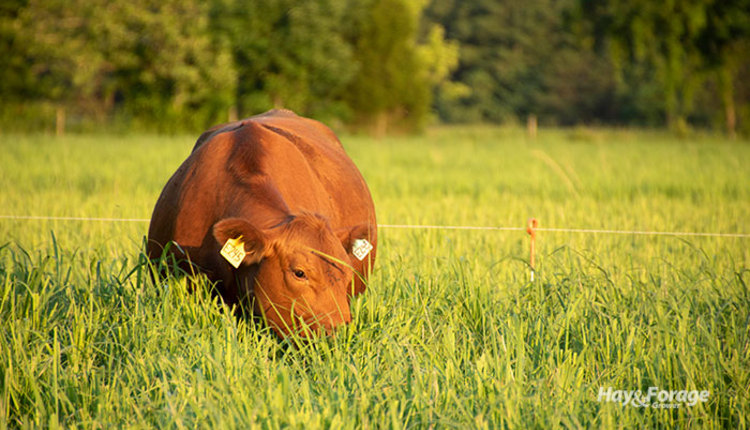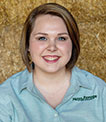Establishing warm-season natives is a process |
| By C.J. Weddle |
|
|
 Native warm-season grasses (NWSG) are becoming more popular among forage producers in locations where they historically haven’t been utilized. Dirk Philipp, an associate professor of forages at the University of Arkansas, described some of the challenges associated with establishing NWSG in a recent issue of the university’s Animal Science E-News. Establishment of NWSG is a lengthy process. It could take two years or more to establish NWSG and realize a productive stand. Most of this time is consumed with eliminating weed threats and preparing the soil. Before you decide to plant native grasses, Philipp urges to start by soil sampling to determine the pH and fertility levels of the area you wish to renovate with NWSG. Before choosing pastures to renovate or native grass species to use, consider your business objectives. You will invest at least two years of time in the renovation, so think about the forage requirements you are trying to meet, the needs of your operation (cow-calf or stocker), and what actions you are willing and able to take to give NWSG the best chance at establishment. “An important part of planning is to avoid having to travel across a field planted with NWSG,” Philipp explains. “They are very traffic sensitive, and any traffic other than animal grazing should be avoided.” The forage specialist notes another challenge when planting NWSG. “Weed pressure on the area to be planted affects NWSG establishment success well beyond the year of planting.” To prepare a field for NWSG, apply glyphosate followed by disking in spring and fall prior to the planting year. Some agencies recommend forgoing the disking, as this will bring up dormant seed and trigger weed growth. Philipp considers it a best practice to start with a prepared seed bed that is firm. Be aware that repeated disking or tillage will negatively affect soil structure and tilth, so it might be better to limit disking to two or three cycles in total. Plant during the second year of preparation around mid-April to early May, which leaves time for another round of preplant glyphosate, if needed. When planting, be sure to follow planting rate recommendations. Also, be sure to read the labels of any chemical product used on a NWSG stand. For example, Plateau herbicide can be used on big bluestem, indiangrass, and little bluestem but not on switchgrass. Philipp warns that nitrogen fertilizer should not be applied to any new stands of NWSG, as this may fuel weed development more than NWSG growth. “For the rest of the year, NWSG stands should be left alone, which means no grazing or cutting,” Philipp instructs.  C.J. Weddle C.J. Weddle served as the 2020 Hay & Forage Grower editorial intern. She currently attends Mississippi State University, majoring in agricultural education, leadership, and communications. She grew up on a farm in Vardaman, Miss., where her family raises sweet potatoes and soybeans. |
